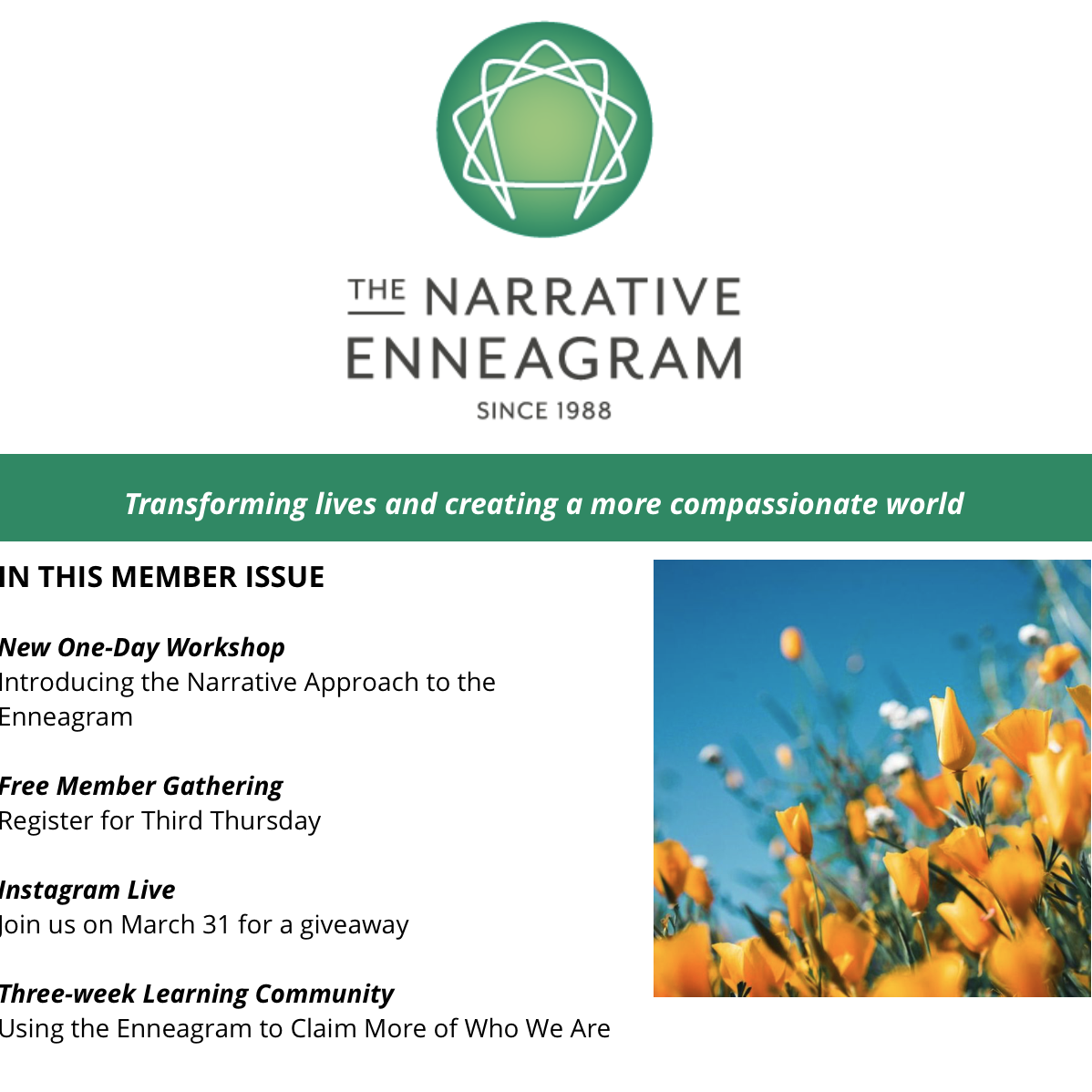These practices create more space on the inside, which allows us to manage our personal reactivity and emotions. They provide a way to become centered, particularly when we are in stressful situations or communicating with people whom we find difficult.Breathing deeply helps us experience both our physical sensations and our emotions, while holding the breath diminishes our feelings and contact with our bodies and body-based intelligence. If we don’t breathe much, we won’t feel much.
When we are taken over by negative feelings or reactions to other people or events, conscious breathing calms the body and the nervous system and helps us be more flexible and appropriate in our responses.
By focusing our attention inside ourselves, even briefly, a breathing practice supports us in making good boundaries with the external world. We learn to feel the difference between what is inside and what is outside our bodies. Breathing techniques combined with self-awareness can be practiced anywhere, at any time. They help us stay centered and reduce the reactivity of our personality type.
Receptive practice
The most basic practice, used in many kinds of meditation, is to simply follow the breath without trying to change it. This is called “receptive” practice. By paying attention to the sensation of the breath each time we inhale and exhale, we can tune in to what’s happening inside of us and notice our internal state. This will often quiet the mind and help us relax.
By cultivating receptivity, we can open up space inside ourselves for self-reflection. Here we can observe the activity and habits of our personality type – our thoughts, feelings and body states. This practice helps us to become more present to what is really going on. Over time it also helps us become more receptive to other people, which is the key to having good rapport and communication. There’s more room for our empathy and emotional intelligence.
Active practice
In “active” practice, directing our breath can help us mobilize our energy when we need it, and to relax and conserve energy at other times. You have your own individual breathing patterns, but there are general patterns for each Enneagram type. For example, some types breathe well into the chest but not so well into the belly; some do the reverse; and many of us hold tension in the diaphragm, the “muscle” of the breath.
Here are four “active” breathing practices, although depending on your type and experience, some will be more useful than others. See also the specific suggestions for your personality type.
Clearing breath
If you notice you are holding your breath or you have accumulated some tension, a simple technique is to take a big breath, inhaling and expanding into both your belly and chest, and then let it go with a “whoosh” or sigh of relief. (If people look at you strangely or ask “what’s wrong,” you can let them know everything is fine!
Relaxing breath
Take big slow breaths down into your belly (not your chest). Imagine that you can go “underneath” any discomfort and gradually slow your system down. Send your energy down into your legs and feet. Even 5-10 of these breaths will make a big difference in calming the nervous system. Energizing breath When you need to bring more energy to your system, take some big breaths up into your chest. Extend the inhalation and stretch your diaphragm and rib cage, then relax as you exhale. Don’t use your neck or shoulders to help. (Stop if you get light-headed.)
Counter anxiety breath
For those times when you are feeling anxious and belly breathing doesn’t do the job, take a deep breath into your solar plexus. As you inhale, stretch the diaphragm open like a big rubber band. Instead of releasing the exhalation, hold it back against your gently pursed lips and let it out slowly (like holding the end of a balloon). Try to relax your chest and diaphragm while you exhale. The exhalation should be 4 to 5 times longer than the inhalation. You can slowly count if that is helpful.
Touch supports the breath
By placing a hand or two on your chest, over your diaphragm or on your belly, you will encourage breathing in that area. When appropriate, touching another person can help them deepen their breathing. Resting a hand on their back or shoulders is often more easily accepted than a hand on the front of the body.


Comments
Liz Decker says
Where can I find information on the breathing styles of each of the Enneagram numbers? Thank you for your help!
Jo Anne says
Hi Liz,
Peter O’Hanrahan has written an excellent article with specific information for each type. You’ll find it on his website at https://theenneagramatwork.com/conscious-breathing-practices/.
Leave a reply